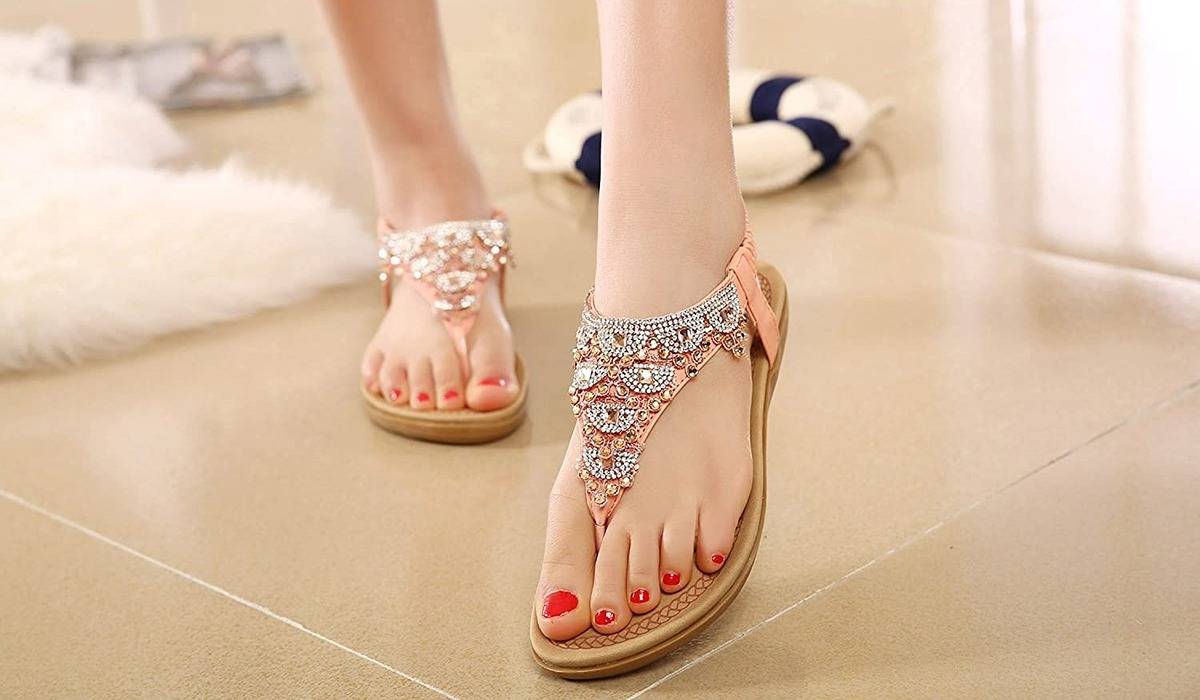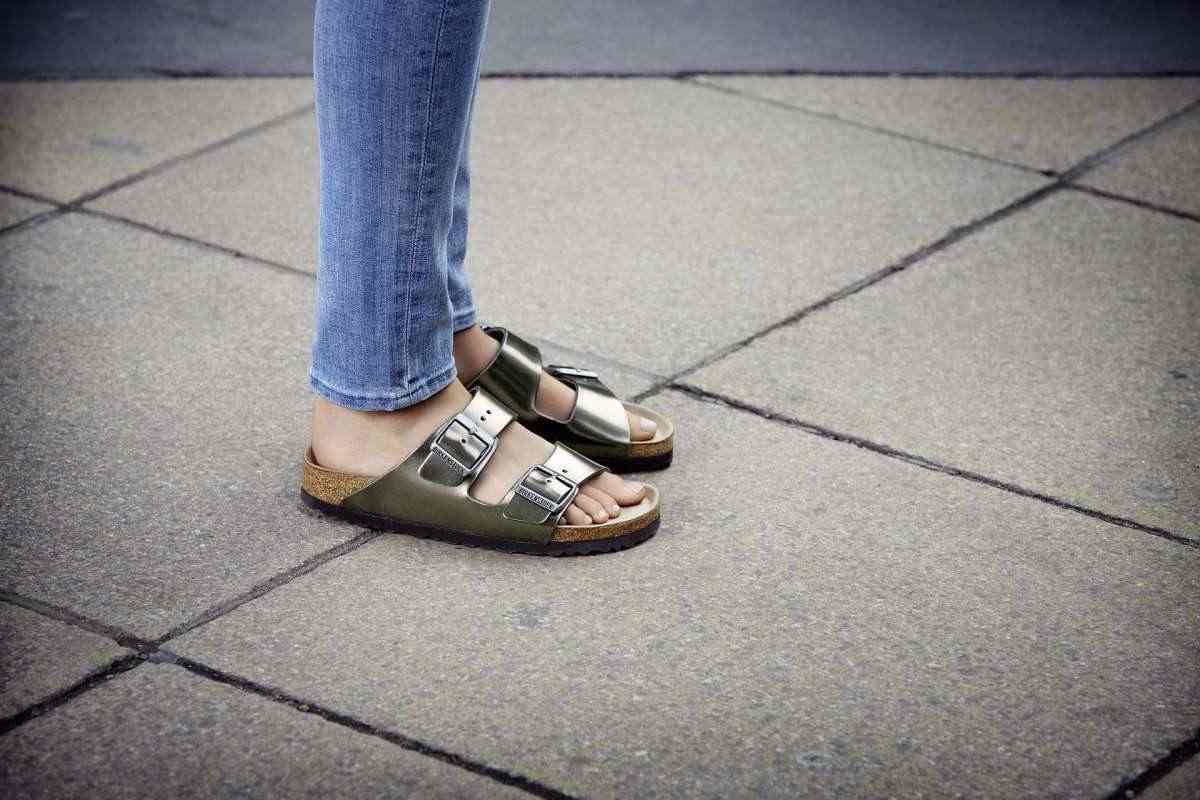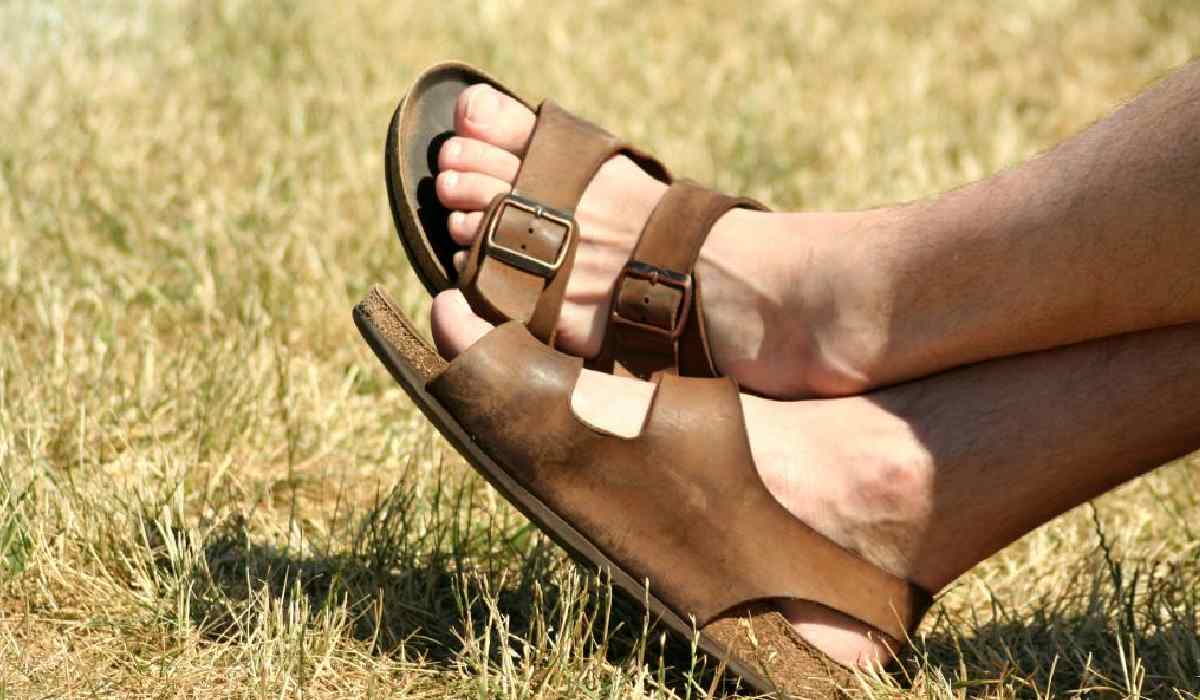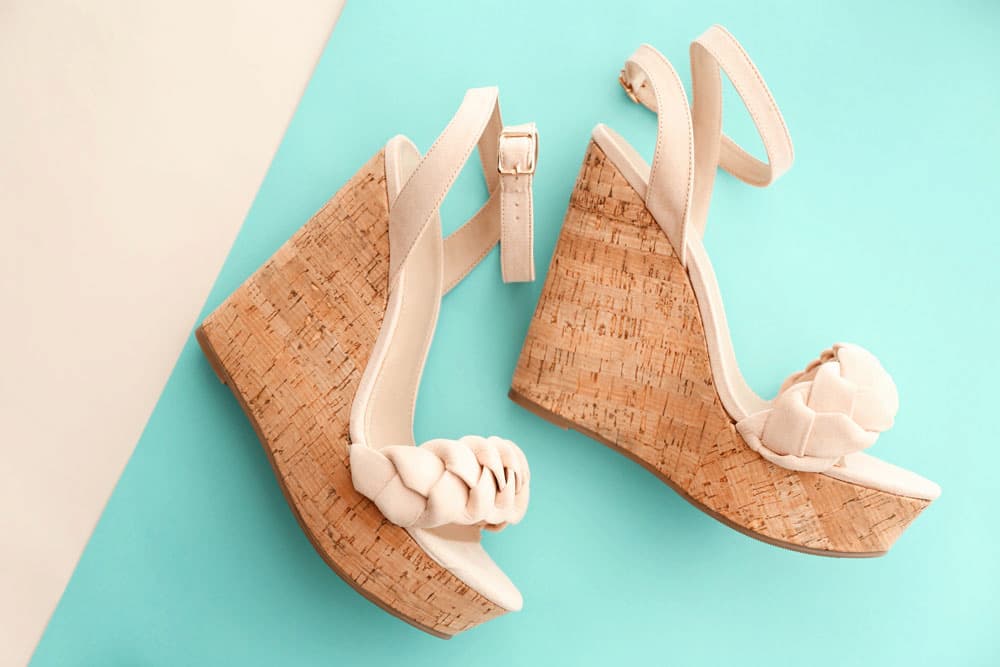Buy All Kinds of High Sandals for Women + Price
I was wondering whether you were familiar with the high sandals
They are designed with heels on the rear of the sandals since the majority of ladies like wearing them in more formal settings
A beautiful pair of sandals may bring out a woman’s natural beauty and make her seem even more stunning
At the very least, one pair of sandals should be a staple in any woman’s closet
Nothing is more amazing than wearing a pair of sandals for your wedding or traditional place
When women first started wearing heels, they weren’t aiming to project an image of femininity
Completely contradictory
Because only males wore high heels in Northern Europe throughout the 17th century, the first women to experiment with wearing them were really going for a more masculine appearance
After mounting an exhibit on Chinese foot binding at the Bata Shoe Museum in Toronto, Canada, senior curator Elizabeth Semalhek conducted research on the history of high heels after discovering that many visitors were fascinated by the practice, but were unaware of how women got to the point where they wore high heels
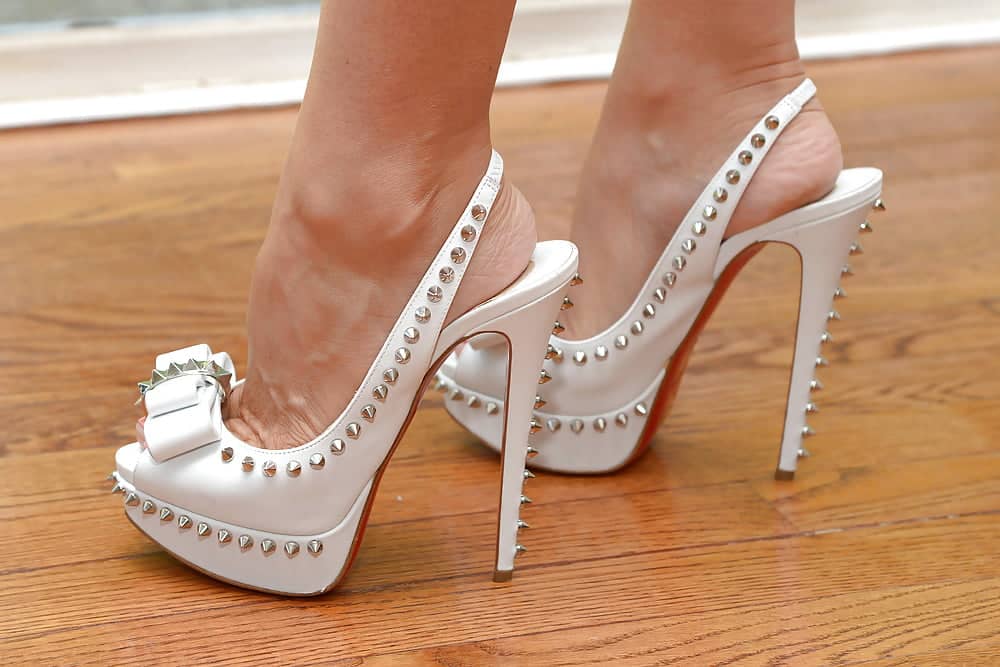
are inquisitive
Wear High Heels According to Semmelhack, the first known wearers of high heels were Persian warriors in the 11th century who wore them while riding horses
They were able to maintain their balance thanks to the high heels
During the middle of the 16th century, when English and Dutch traders were trading textiles in the Persian Kingdom, they came into contact with the massive mountain army that ruled the empire
This appearance became known to them
High heels were a popular footwear choice for European aristocratic men in the 17th century
“At the time, there was a fashion trend for certain women to desire to borrow from men’s wardrobes,” explains Semalhek
“This was a style that was popular with some women
” Around the year 1620, certain European women were accused of carrying weapons in order to give the impression that they were more masculine
These ladies wore hats that resembled doublets and had wide, bellied columns (decorative triangular panels on the front of women’s garments) that resembled doublets
According to Semalhek, “it was perceived as both exquisite and courageous,” despite the fact that there was, of course, scorn coming from all directions
She goes on to say that “there has never been a moment in history when women have not been attacked for the way that they dress, and today is no exception,” adding that “there is no exception” to this rule

However, during a period of time in Europe, both men and women wore footwear with high heels
But by the close of the 17th century, thinking associated with the Enlightenment had put a stop to such androgynous fashions
The tenets of this ideology placed an emphasis on being reasonable and practical, yet in a way that was stereotypically associated with men
During this same period of time, women were seen to be illogical, emotional, and distinct from males
Because of the influence of Enlightenment philosophy, the primary method in which society was divided was away from class and toward gender
These are some striking ideas that suggest the difference between people might not be based on where they were born, but rather on the gender they were assigned at birth: perhaps all men are disconnected from something that separates them economically, and all women, given their economic situation, are separate
Samalhak says
“Men are often seen to be more rational than women, and fashion becomes a vehicle to emphasize these disparities between the sexes
”
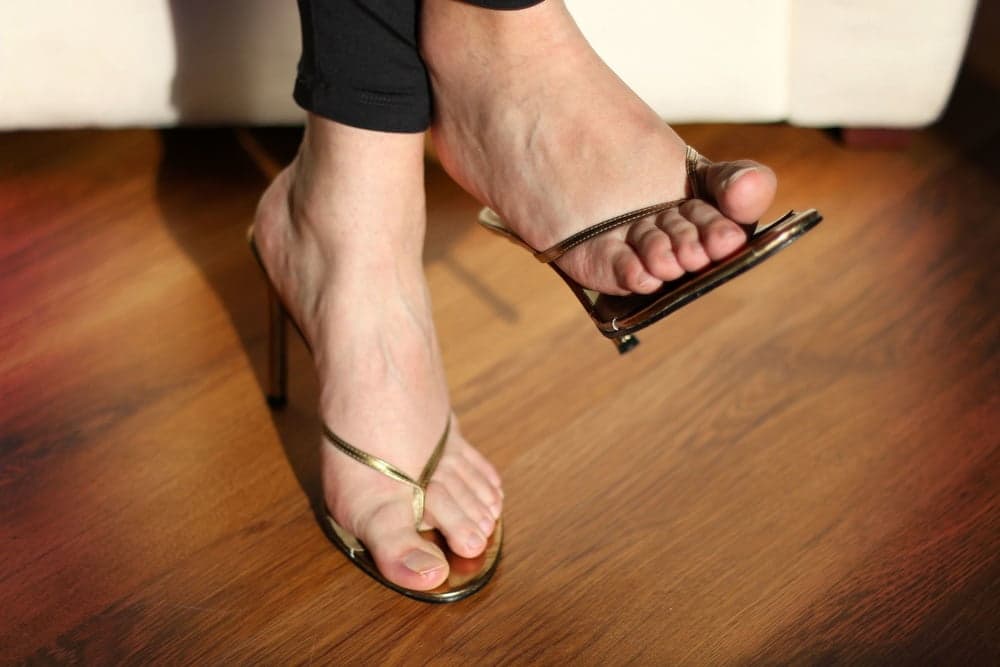
The men of the aristocracy, in particular, gave up dressing elegantly to demonstrate their social standing and instead embraced a more subdued, uniform style that was popular among people of all economic backgrounds
It was clear that high heels were no longer in style, and flat-bottomed, practical shoes were all the rage
It is apparent that the philosophy of the Enlightenment included some of the major principles that served to differentiate men and women
Jean-Jacques Rousseau was a Swiss-French philosopher of the Enlightenment who lived in the 18th century and was active in Switzerland and France
Semalhec writes that Rousseau wrote extensively on the sentiments of motherhood and felt that a woman’s main emphasis should be on the family
The public’s understanding of Enlightenment concepts contributed significantly to the perpetuation of this sort of misogyny
In the sermons that were delivered during that time period, Semalhak claims that there was consistent commentary regarding the illogical character of women
Heels, which are less practical than flats for non-riders, quickly became linked with obviously frivolous and illogical features associated with feminine characteristics
According to Semmelhack, in Europe in the 19th century, the heel was considered to be “undeniably feminine
” Then, as a result of European imperialism, this concept spread all over the world
As men in Europe moved away from wearing high heels in the early 18th century, the footwear’s connotation became increasingly feminine
As imperialism spread throughout the world, these connotations were transferred to women’s high heels

According to Semalhek, the connotation of heels is not at all abstract despite the fact that nowadays they are associated with women in a way that is undeniably feminine
“Shoes are only one item among many
They are open to interpretation in any way
” He says
So, is it okay for guys to start wearing heels again? “Everything is up for grabs
” We do not have a sufficient explanation of this behavioral phenomena at either the proximal or the distal explanatory level, despite the fact that wearing high heels is quite common in both developing countries and contemporary civilizations
This notion is supported in a number of different ways, including by the fact that the present research develops and evaluates a novel evolutionary hypothesis about why women wear high heels
We had a hypothesis about how high heels impact women’s beauty by creating a curve in their waists, and it was based on the recently revealed evolved partner preference
